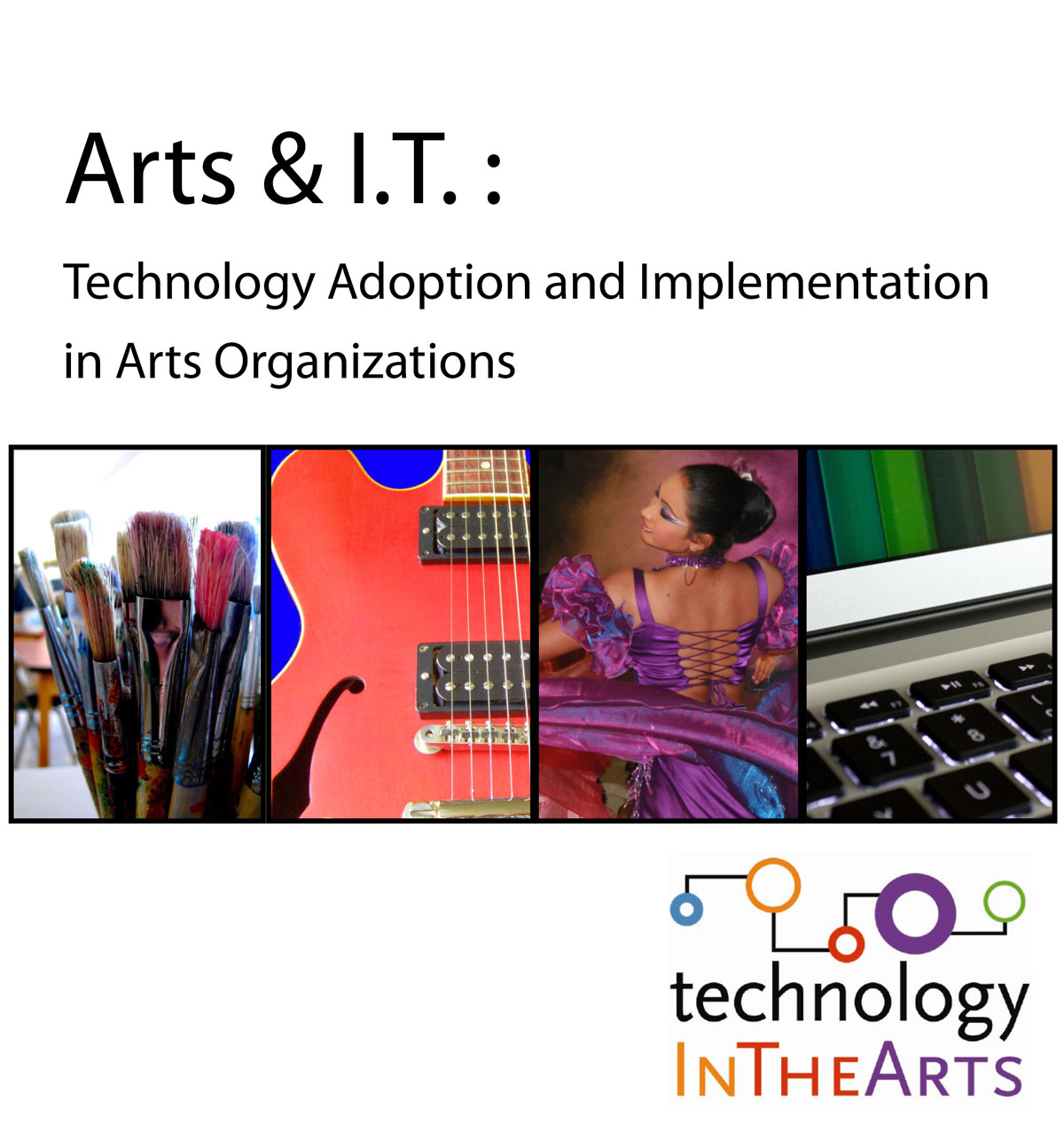A look back at AMT Lab's landmark publication, the 2015 Ticketing Software Satisfaction Report.
White Paper Wednesday: Wearables and the Performing Arts
In 2014, Google Glass had emerged as the leader in wearable technology available on the market. Today, while Google Glass has receded to the fringe of conversations about Augmented Reality and Virtual Reality, wearables have re-entered the mainstream consciousness, and wide-spread adoption feels inevitable.
These trends considered, today's featured white paper from 2014, Performing Arts in the Wearable Age by Thomas Rhodes and Samuel Allen, is a fascinating look back at predictions and projections from just two years ago.
While many things have changed since 2014, this paper's focus on current uses of wearable technology, future implications, opportunities and concerns for performing arts organizations are as useful as ever. The authors' discussion of the hardware specs of wearable devices is particularly nuanced. Equally relevant are the various uses and exciting windows for wearable implementation in music, theatre, and beyond.
While many of the projections cited in this publication might not hold water today, today's current events indicate that widespread adoption of AR/VR is near. From Pokemon Go to continuing developments in Oculus, it is clear that arts organizations will soon have no choice but to confront this exciting and game-changing trend.
Banner image by Dan Leveille via Wikimedia Commons, licensed under Creative Commons
White Paper Wednesday: Navigating the Cloud
At the time of this paper's initial publication in 2014, 96% of US adults relied on the cloud on a regular basis. It is safe to say that cloud based computing has only become more common in the last two years, and it is important for arts administrators and technologists to understand the basic functionality of the cloud now more than ever.
White Paper Wednesday: Using Spatial Data
White Paper Wednesday: Silicon Valley Philanthropy
How Can MOOC Providers Create an Interactive Learning Experience in the Arts?
In this new publication, AMT Lab Contributor Wanqi Peng shares her research on the current state of arts education in Massive Open Online Courses (MOOCs). Included in the report is an overview of the field, a summary of trends in digital arts courses, and a course study following a pioneer of online arts education. Download the full report here.
How Can Google Analytics Solve Operational Challenges?
Though often used to analyze traffic and commerce, Google Analytics is a powerful tool whose applications are near-limitless. In this new handbook, AMT Lab contributor Kathleen Grennan illustrates a number of ways in which arts managers of all types can use Google Analytics to make data-driven decisions in operational settings. From obtaining new audiences to bolstering fundraising efforts, this is a good introduction to this flexible tool. Click here to find the full report.
New Publication: Silicon Valley Struggle
In the 21st century, wealth is beginning to concentrate in new fields like technology as opposed to traditional industries. With this in mind, how can arts organizations go about soliciting financial support from this new class of wealthy-elite? This white paper by Jennifer Moreci answers this question by looking at current patterns in philanthropy and specific strategies for engaging donors in Silicon Valley. Read the full report here.
Technology Adoption and Implementation in Arts Organizations
Technology in the Arts has just published the results of a survey regarding technology adoption and implementation in the arts and cultural field. (Access the PDF publication here).
In order to uncover emerging trends and differences in the use of technology amongst arts and cultural organizations, we asked arts managers to provide us with baseline information as well as a self-assessment of the role of technology in their organizations. Respondents shared information about where they are now, which technologies they hope to adopt in the coming year, and how they find the resources they need to implement and maintain technology.
This report, which includes responses across a broad spectrum of arts and cultural organizations representing a variety of disciplines in the United States and Canada, reveals a snapshot of how the field approaches technology.
What did we discover? Here is a small sampling of the findings that emerged:
- Over three-quarters of organizations with annual budgets of less than $500,000 spent under $5000 on technology in the past year, while half of organizations with budgets of $5 million or more spent over $100,000.
- Nearly half of organizations with budgets between $2.5 million and $5 million have no full-time technology staff, and that figure jumps to 82% for organizations with annual budgets of less than $500,000.
- Organizations with annual budgets of less than $500,000 currently use static websites at a higher rate than dynamic websites, while all larger organizations are more likely to have already moved away from static websites.
- A large percentage of respondents, regardless of organizational budget size, did not respond with any specific technology plans for the next year--which may indicate an overall lack of planning for future technology.
Want to find out more? Check out our report and see how your organization compares.












